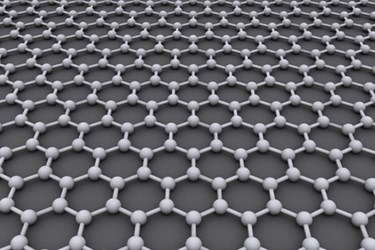Serendipitous Discovery May Lead To Graphene-Based Drug Delivery
By Chuck Seegert, Ph.D.

Graphene has received a lot of attention in the research community due to its potential application in the areas of electronics, energy storage, energy generation, and materials science. Now, due to a serendipitous discovery by Monash University researchers, that list may be extended to include drug delivery.
Graphene is a single-molecule thick sheet of carbon that assume a honeycomb like pattern when they bond with neighboring carbon molecules. This impressive material is approximately 100 times stronger than steel, highly flexibile, and highly conductive. Up until now, however, graphene required atomizers and mechanical equipment to be changed into a spherical, droplet form.
Droplets change their structure in response to external magnetic fields. Now that it is known that graphene can spontaneously change its configuration to form droplets under certain pH conditions, the manufacturing of these structures is extremely simplified. It also opens the door to a broader range of applications, including controlled drug release.
“Drug delivery systems tend to use magnetic particles which are very effective but they can’t always be used because these particles can be toxic in certain physiological conditions,” said Dr. Majumder, a member of the Monash University faculty of engineering, in a recent press release. “In contrast, graphene doesn’t contain any magnetic properties. This combined with the fact that we have proved it can be changed into liquid crystal simply and cheaply, strengthens the prospect that it may one day be used for a new kind of drug delivery system."
During routine tests, when the Monash research team was placing the graphene material into a solution to process it for industrial use, it became apparent that the sheets were spontaneously changing into graphene droplets.
“To be able to spontaneously change the structure of graphene from single sheets to a spherical assembly is hugely significant. No one thought that was possible. We’ve proved it is,” said Rachel Tkacz, first author of the paper and member of the Monash University faculty of engineering, in the press release.
Details and results from the research team’s early tests have been published in Chemical Communications.
The study of graphene materials has intensified and continues to be the focus of much research. This interest has been based on the wide-ranging potential for application of this material, which includes uses as diverse as artificial cell membrane production and studying the properties of DNA.
Image Credit: “Graphene.” AlexanderAlUS. CC BY-SA 3.0: http://creativecommons.org/licenses/by-sa/3.0/
